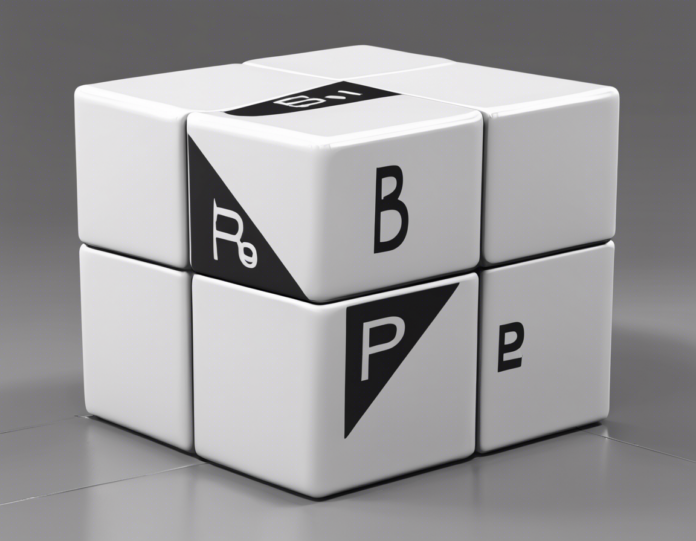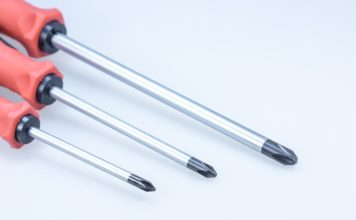When it comes to algebra, there are several important formulas and identities that can help simplify complex expressions and equations. One such formula that is often encountered in math problems is the cube of a binomial. Understanding how to manipulate and simplify expressions involving cubes can be extremely beneficial in various mathematical applications. One specific expression that is commonly encountered is the difference of two cubes, also known as cube minus B cube.
What is Cube Minus B Cube?
In algebra, the formula for the difference of two cubes is represented as:
[a^3 – b^3 = (a – b)(a^2 + ab + b^2)]
where a and b are real numbers or algebraic expressions. This formula is derived from the algebraic identity for the difference of cubes, which can be factored using the above expression.
The General Formula
The general formula for the difference of two cubes is:
[a^3 – b^3 = (a – b)(a^2 + ab + b^2)]
This formula is crucial in simplifying expressions involving cubes and can often be applied in various algebraic manipulations and problem-solving scenarios.
Understanding the Formula
Let’s break down the formula for cube minus B cube and understand how it works:
-
(a^3 – b^3 = (a – b)(a^2 + ab + b^2)): This is the general formula for the difference of two cubes. When you have the difference of two cubes, you can factorize the expression using this formula.
-
Factorization: Factoring the difference of two cubes involves recognizing the pattern and applying the formula. By factoring the expression, you can simplify complex algebraic expressions and equations.
-
Application: The formula for cube minus B cube can be applied in various contexts, such as simplifying polynomial expressions, solving equations, and even in calculus and physics problems.
Example Problems
Let’s look at a few examples to see how the formula for cube minus B cube can be applied:
- Example 1: Simplify the expression (8x^3 – 27y^3).
Solution:
Applying the formula for cube minus B cube:
[8x^3 – 27y^3 = (2x – 3y)(4x^2 + 6xy + 9y^2)]
- Example 2: Factorize the expression (64a^3 – 125b^3).
Solution:
Using the formula for cube minus B cube:
[64a^3 – 125b^3 = (4a – 5b)(16a^2 + 20ab + 25b^2)]
Benefits of Knowing the Formula
Understanding the formula for cube minus B cube can offer several benefits, including:
- Simplifying Expressions: By recognizing the pattern of the difference of cubes, you can simplify complex expressions efficiently.
- Problem-Solving: The formula can be instrumental in solving algebraic equations and problems more effectively.
- Building Foundations: Mastering such algebraic identities lays a strong foundation for more advanced mathematical concepts.
Frequently Asked Questions (FAQs)
- What is the difference between (a^3 – b^3) and (b^3 – a^3)?
The difference of cubes formula ((a – b)(a^2 + ab + b^2)) still applies. The order of the terms in the expression does not affect the final factorized form.
- Can the formula for cube minus B cube be extended to higher powers?
Yes, there are formulas for the difference of cubes, fourth powers, and so on. Each follows a specific pattern for factorization.
- How can I remember the formula for cube minus B cube?
Practice is key to remembering algebraic formulas. Regularly solving problems involving the difference of cubes will help solidify the formula in your memory.
- In what ways can the formula for cube minus B cube be used in real-life applications?
The formula can be applied in engineering problems, physics equations, and even in computer science for algorithmic optimizations.
- Are there alternative methods to factorize expressions involving cubes, apart from using the cube minus B cube formula?
While there are other factoring techniques, the cube minus B cube formula is specifically designed for the difference of cubes and is the most efficient method in such cases.
In conclusion, understanding the formula for cube minus B cube is valuable in simplifying algebraic expressions and equations. By mastering this formula and recognizing the pattern, you can enhance your problem-solving skills and build a strong foundation in algebra. Practice applying the formula in various contexts to solidify your understanding and proficiency in handling expressions involving cubes.









